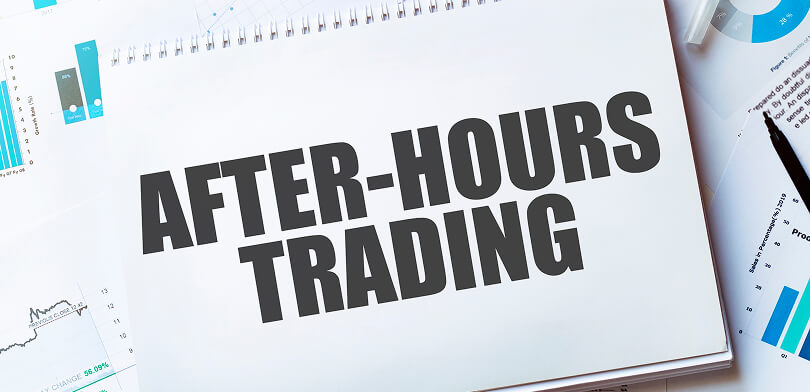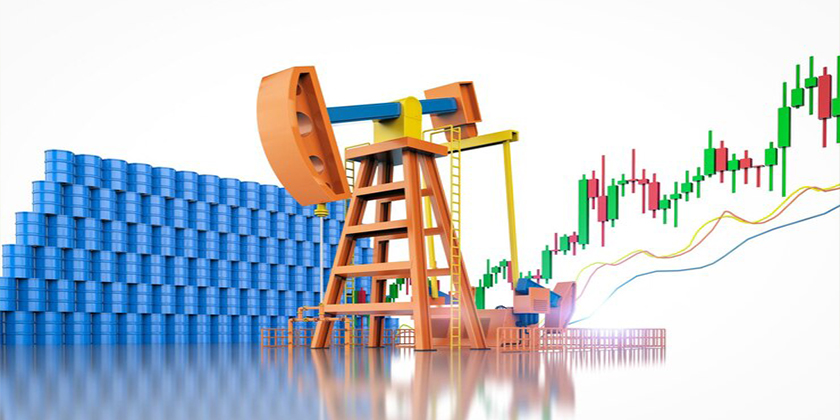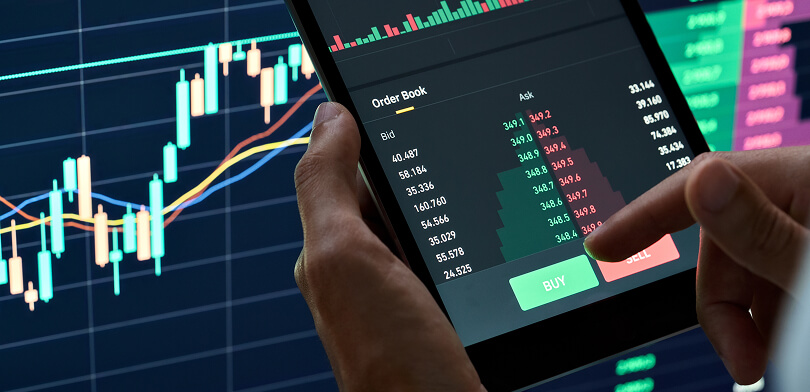- Last Updated: Jun 25,2025 |
- Religare Broking
The balance sheet of a company is a record of the company’s assets and liabilities. It essentially shows how much the company owns and how much the company owes. Since the balance sheet is a stock, it is always depicted at a point of time as against the income statement which is depicted over a period of time (1 year or 1 quarter). For any equity analyst, the balance sheet is an important aspect of fundamental analysis. Here are four things you need to look for in the balance sheet of a company.
- Is the company over-leveraged? with debt ?
- Is the company having too much equity in its books ?
- How is the working capital of the company being managed ?
- How efficiently are the assets being utilized
Topics Covered
Is the company over-leveraged with debt
What do we understand by leverage? It shows the composition of long-term debt in the balance sheet of the company. Long-term debt includes term loans from institutions, long-term debentures issued, bonds issued etc. These long-term debt items are shown on the liability side of the balance sheet. Balance sheet leverage measures the extent of debt on the balance sheet and it is important as it reflects the financial risk that the company is running. For example, a debt/equity ratio of 2:1 is considered normal but a debt-equity ratio of 6:1 exposes the company to a huge financial risk. Debt is not just about size but also about costs. You also need to look at coverage ratios like interest coverage ratio and debt service coverage ratios to get a proper picture of the cost of debt.
Is the company having too much equity in its books ?
What exactly do we mean by equity? Here equity does not only refer to the share capital but also to the share premium and general reserves. In short, all the reserves that are created out of ploughing back of profits are part of your equity. Remember, equity has to be serviced. If the company pays a hefty dividend then it is fine. But if the company pays fewer dividends and ploughs back more of the profits, then the company must ensure that it hasenough ROE to justify ploughing back. If your equity base is too large then it negatively impacts the EPS and ROE and therefore it impacts the valuation of the company. Normally, companies with low equity and high growth opportunities have the potential to generate the best returns.
How is the working capital of the company being managed
Working capital refers to the management of the current assets and current liabilities of the company. The company must have a positive net working capital i.e. current assets must be greater than the current liabilities. Some ratios like current ratio and quick ratio also become important here as they give you an indication of whether the company has enough liquid assets to meet its short-term payables. Companies with negative working capital will have to rely on long-term sources of funds to meet their working capital needs and that is a classic recipe for a maturity mismatch. As an analyst, you must also be wary of companies that have a very high current ratio or quick ratio. It could be indicative of inefficient use of resources and excess investments locked up in current assets.
Recommended Read: 10 things you can read from an Equity Mutual Fund Factsheet
How efficiently are the assets being utilized
These are normally referred to as turnover ratios. There are broadly two aspects to the assets side of the balance sheet. Firstly, how are the capital expenses of the company being financed? If it is through operating cash flows then it is a healthy sign. However, if the operating cash flows are insufficient then the company needs to borrow from the market thereby increasing its financial risk. It is also important to see how frequently the assets are churned to generate sales. This can be looked at in terms of fixed assets or in terms of total assets. Higher the turnover ratio, the more efficiently assets of a company are being churned to generate sales.
Balance sheet is the real mirror of the wealth created by a company. Balance sheet is a quick measure of the efficiency of the business while the income statement focuses more on the profitability of the business. A detailed analysis of the balance sheet offers interesting insights into the working of a company.
Don't forget the importance of a trading diary
Last, but not the least, your key to success is a trading diary. What does the trading diary consist of? The trading diary basically has two parts. The first part is a record of all your transactions with the idea behind the trade and outcome of the trade. Try to be as transparent as possible here. The second part of the trading diary is your evening review. At the end of each trading day, you must at least spend an hour reviewing your trades and analyzing where you went right and where you went wrong. Remember, trading is all about inculcating the right habits. This trading diary will help you to show a mirror to your best option trading strategy and gradually build good trading habits in you.
Recommended Read: Stock valuation

















